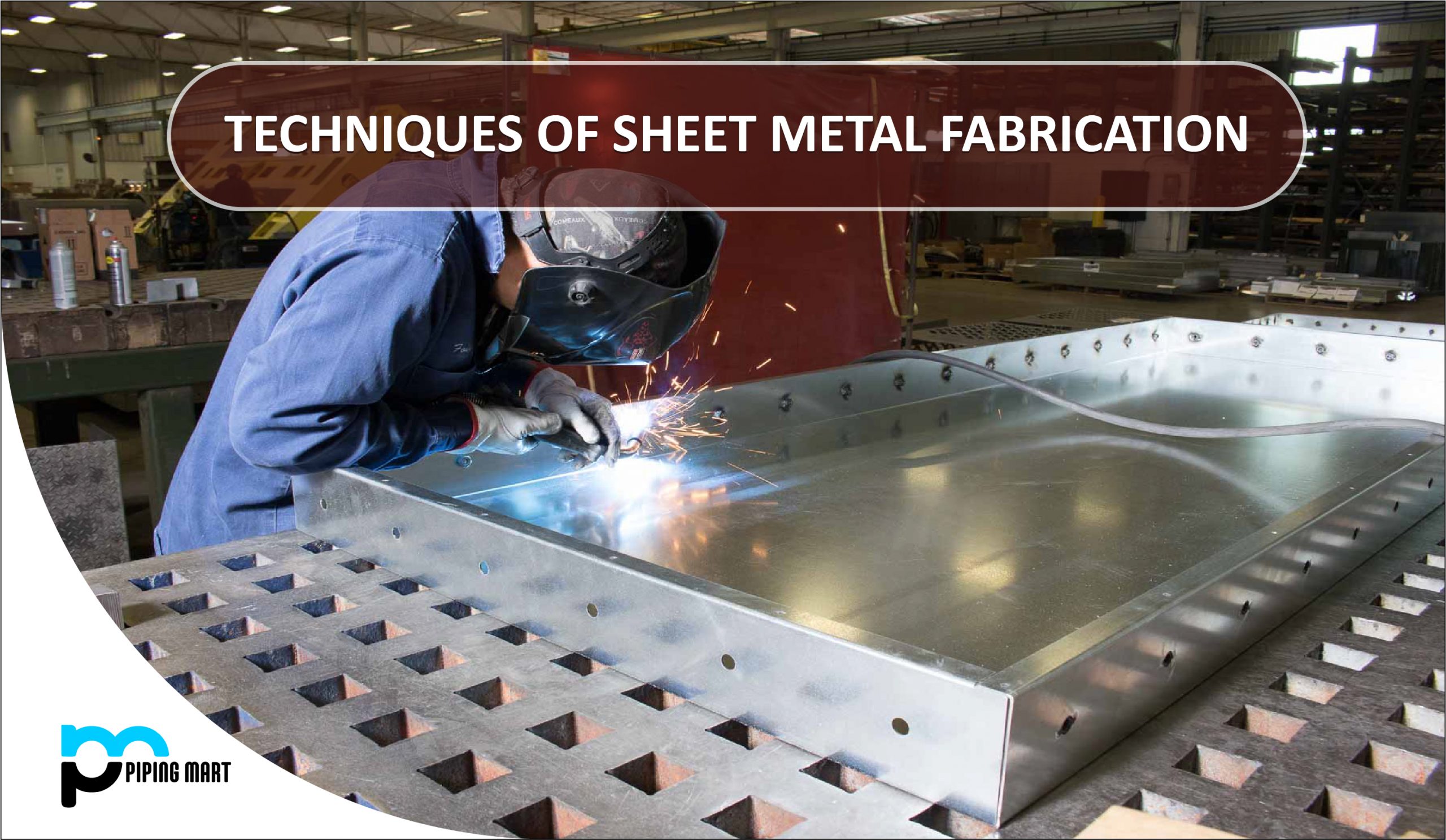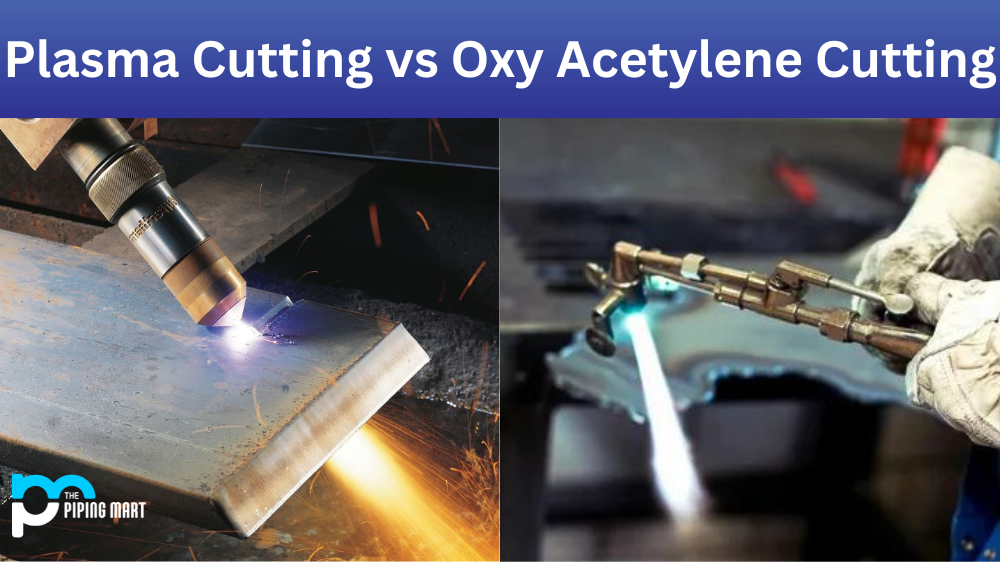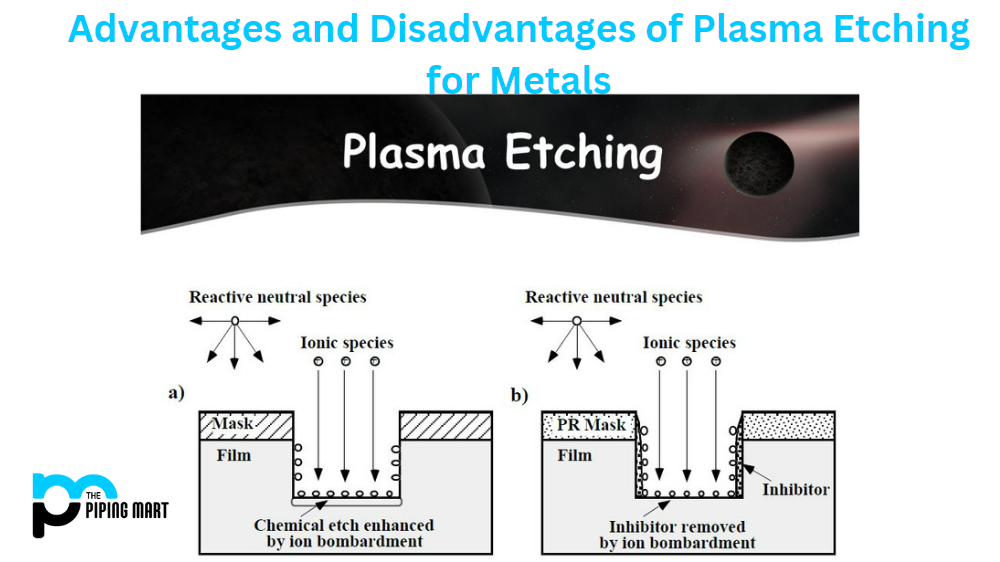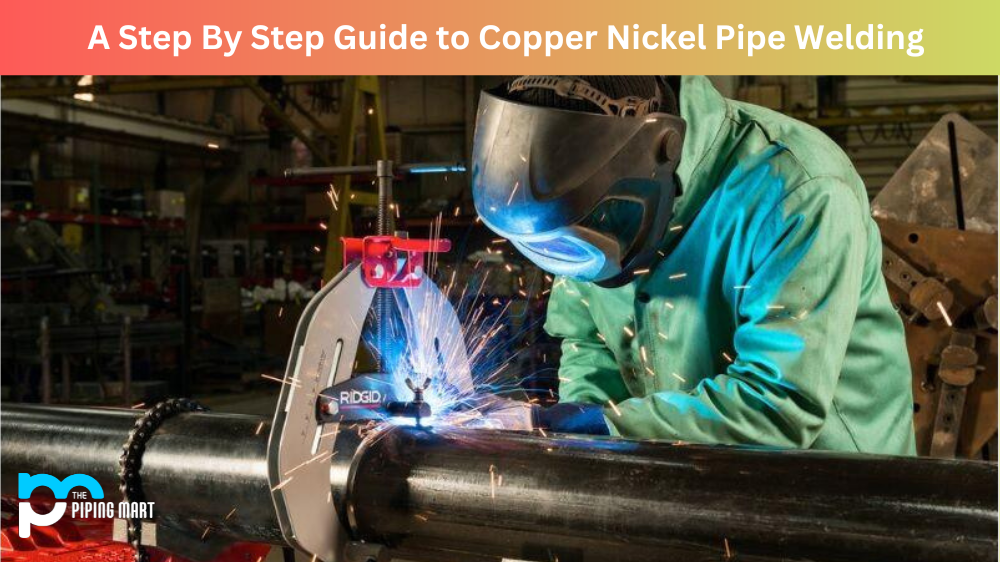The process of going from raw sheet metal to a finished product involves several sheet metal fabrication processes. Sheet metal fabrication is the process of shaping metal sheets using various production technologies. A multitude of fabrication techniques can frequently be employed to attain a comparable end-result. However, based on the expenses and needs, there is still a proper decision.
The sheet metal fabrication processes may be divided into three groups:
- Cutting
- Deformation
- Installation
Cutting: Cutting is the most common and generally applied sheet metal fabrication process. A variety of machines are used to cut sheet metal and modify it to form a part. They are listed below:
- Laser Cutting: Laser cutting is a fast, energy-efficient, and precise sheet metal cutting technique that uses a strong laser to cut thin or medium-gauge sheet metal.
- Water Jet Cutting: A high-pressure jet of water containing abrasive substances is used to cut sheet metal in water jet cutting. Because water jet cutting does not produce heat throughout the process, It is advantageous for metals with low melting points to avoid deformation caused by heat generation.
- Plasma Cutting: For thicker sheet metals, plasma cutting is used. A hot plasma jet is utilized to penetrate the metal sheets in this metal fabrication process. This method is highly strong and has low setup costs, but it is less precise than laser or water jet cutting.
- Piercing: In this process, a punch and die are used to make precise holes in sheet metal. The sheet metal is placed between those two parts, and the metal punch perforates it to remove circular bits that may be utilized to create new work pieces, a process known as blanking. Punching is an effective process for large-scale fabrication, but it is not cost-effective for smaller operations.
- Sawing: Several sawing processes can be used to cut softer sheet metals.
- Machining: Sheet metals are cut using equipment such as a drill bit or a lathe blade in Machining processes.
Forming or Deformation: The next important step for sheet metal fabrication processes is deformation. Throughout this method, the sheet metal is modified or shaped without being cut. The following are some of the most common sheet metal deformation techniques:
- Bending: One of the most common deformation processes is sheet metal bending. A press brake is a machine that is used to bend sheet metal into V, U, or other difficult forms. The force required to bend sheet metal increases as the gauge thickness increases. Decambering is the removal of bends from sheet metal.
- Stamping: A hydraulic or mechanical stamping press equipped with a tool and die is used in the stamping process to execute specialized tasks such as curling, drawing, embossing, flanging, and so on.
- Hemming: Hemming is the technique of bending the edges of sheet metal over itself or another piece of sheet metal to form a rounded edge. Two types of hemming methods are extensively used in the sheet metal fabrication process. There are two types of hemming: roll hemming and standard die hemming. Standard hemming is used in large amount of manufacturing. Roll hemming is done with a hemming roller.
- Spinning: Spinning is a metal fabrication method that involves rotating sheet metal against a tool on a lathe machine to generate conical or cylindrical shapes.
- Rolling and wheeling: Rolling and wheeling are two further sheet metal deformation processes. Rolling involves using a pair of rollers to lower the thickness of sheet metal, whereas wheeling makes compound curves in sheet metal.
Installation: Installation is the process of attaching sheet metal components created by the abovementioned cutting or bending processes. Welding and fastener joining are the most common sheet metal assembly processes.
- Welding: Sheet metal components are welded together in the welding process by melting parts and applying heat to make a solid connection. Welding sheet metal may be done using a variety of techniques.
- Joining using Fasteners: Sheet metal pieces that are equivalent or distinct can be simply connected using fasteners such as bolts, screws, rivets, and so on.
- Brazing: Brazing is a process which is similar to welding that involves heating a filler without melting the sheet metals.
- Adhesives: Adhesives can be used in combination with other joining methods to keep metal sheets together.

Pipingmart is B2B portal specializes in industrial, metal and piping products. Also, share latest information and news related to products, materials and different types grades to help business dealing in this industry.




